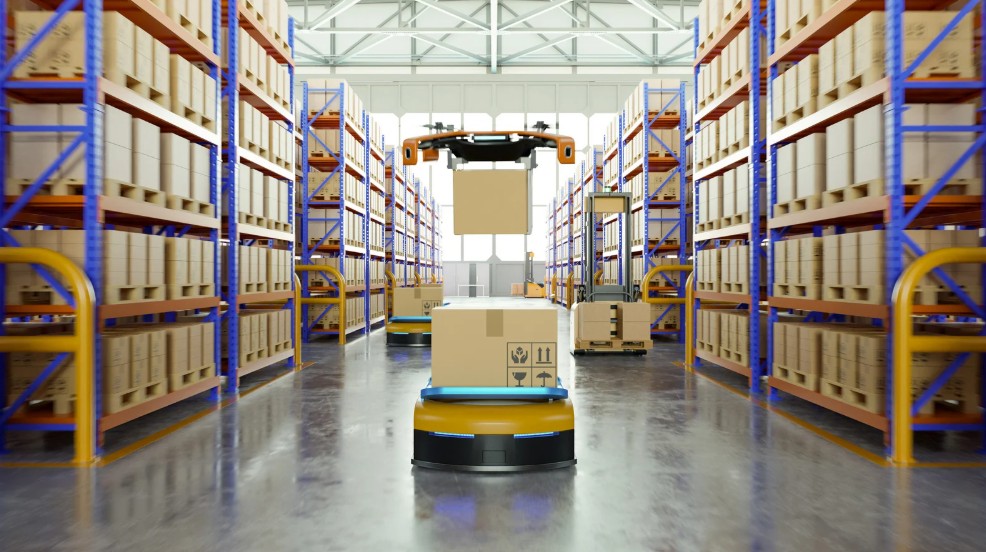Table of Contents
ToggleChoosing loading equipment isn’t just investing in the flashiest kit. You need to make sure that you’re matching your volume, load type, trailers, and space to the solution(s) that provide you with safe, repeatable and predictable loading patterns.
Use this quick framework, with a range of example solutions, to determine which solution might be right for your current and future loading needs.
How to Choose Right Loading Solution for Your Requirements?
Map Your Loading Requirements

Start with volume: count pallets loaded per day, peaks, and trailer loads per door. Fixed factory, DC shuttles with multiple departures per shift usually justify automated trailer loading (ATLS). Ad-hoc carrier traffic, container work, or mixed peaks may call for semi-automated or manual aids that preserve flexibility.
Decide Whether You Want a Modified or Unmodified Trailer
If you control the fleet, modified systems inside the trailer deliver the fastest, most consistent cycles. For example, slipchain (chain + rise/fall rollers) or Moving Floor systems can move a full trailer in roughly two minutes, this can be ideal for high-volume shuttles.
If any trailer can arrive, choose unmodified-trailer options. Options like LoadMatic LoadPlate solutions from Joloda Hydraroll (semi-automated push-plate) load standard trailers or 40-ft containers in a few minutes without altering the trailer spec.
Match the Load You Actually Ship
In addition to the trailer that you’re loading, you also need to think about the items that you’re loading into those containers:
- Uniform pallets: Slipchain and Trailerskate excel; they integrate neatly with conveyors or AGVs and keep products square and damage-free.
- Mixed or awkward items (reels, loose packs): Moving Floor handles non-palletised cargo as well as pallets extremely well.
- Air cargo / heavy block pallets with precious headroom: Built-in Rollerbed/Rollertrack gives manual roll-in/roll-out without eating internal height.
- Larger items with no power at the dock: Skate & Track keeps forklifts out of trailers and handles heavy rolls or pallets safely.
Check Site Constraints

Loading docks can quickly become bottlenecks. If bays are congested, faster cycles (Slipchain, Moving Floor, Trailerskate) free doors, reduce staging, and improve yard flow. Tight yards, low canopies, or poor slab quality may steer you to solutions with smaller footprints, load-spreading mats, or dock-only machinery.
Don’t forget integration: if end-of-line automation is on the roadmap, pick systems that accept conveyor or AGV feed without workarounds.
Factor in Safety, Labour and Damage
Automating the last ten metres removes most forklift movements at the bay, fewer near-misses, calmer docks, less product scuffing. You’ll also standardise cycle times, which makes transport planning, staffing, and carrier SLAs more reliable. Even semi-automated options cut manual touches and lower fatigue.
Focus on ROI
Savings stack from multiple levers: faster door turns (more departures with the same doors), fewer forklifts and hours at the bay, lower damage, reclaimed floor space, and steadier schedules. For shuttle work, these gains often combine into a short payback.
Final Thoughts
Start with load volume, fleet and load type, then pick the mechanism that removes forklifts from the riskiest step and delivers predictable, fast cycles. When in doubt, run a time-and-space study at one dock: the right answer usually appears in those numbers pretty quickly.




